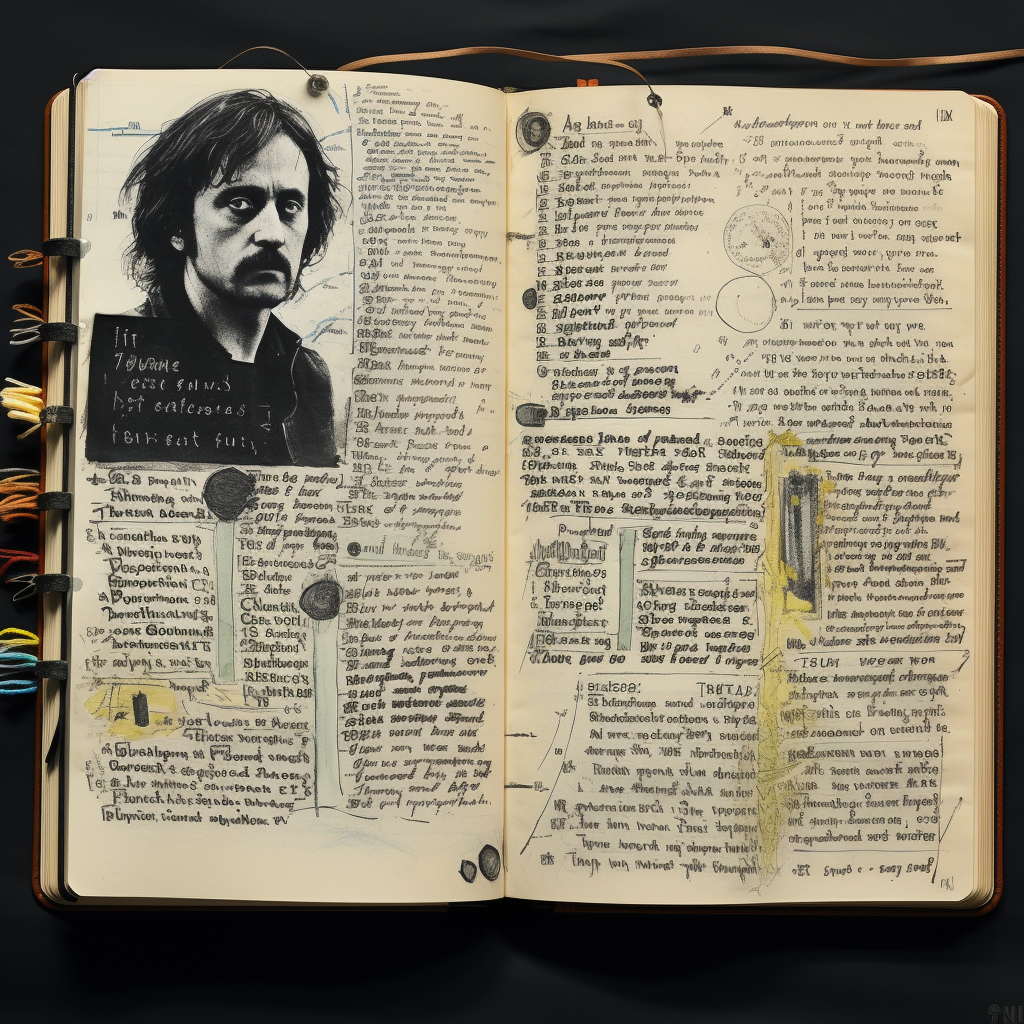Tones & Voices
Joan Didion: In Sable And Dark Glasses
There were eventually other clues to adult life to be found in my mother’s boxes. There was the white silk shirt strewn with star-shaped silver sequins that she wore when my father was stationed at Peterson Field in Colorado Springs and she took me ice-skating at the Broadmoor Hotel. There was her petit-point evening bag. There was the plaid seersucker suit in which she crossed the country by train when, en route to meet my father in North Carolina in 1942, we traveled from Los Angeles to New Orleans on the Southern Pacific’s Sunset Limited, a transcontinental train so crowded in those early days of World War II that my mother and small brother and I spent much of the trip standing in the couplings between the cars. I remember the rancid smell of the grease in the couplings. I remember a sailor on the train, a survivor of the USS Wasp, who once at a siding somewhere in the Southwest got off the train and came back with a Coca-Cola for my mother and a present for me, a silver-and-turquoise Navajo bracelet. I still today have the bracelet, too small now for my wrist. I also still today have snapshots taken on that trip. In these snapshots, which mainly show my mother and brother and me at moments when we have just missed or are just about to miss one or another key connection, for example looking forlorn between trains in Union Station in Los Angeles or for another example looking somewhat less forlorn between trains on the veranda of the St. Charles Hotel in New Orleans, my mother is wearing the plaid seersucker suit, spectator pumps, and, pinned at her temples, white silk gardenias.
Didion’s tone is one of deep nostalgia, meticulously recalled through the specific textures and moments of objects and feelings. It is predominantly a stylized recollection of things. Of silk shirts, evening bags and seersucker suits. And in that recollection Didion distinguishes and reflects a childhood of privilege, tonally establishing a binary of the cleanliness of wealth and the dirt of the real world of work. A tonal binary of snapshots of both white silk gardinias and rancid grease. Class is tonally present in the items Didion chooses to describe, both in substance and in language, and even in choice of where the piece was published, Vogue magazine. It is overwhelmingly female in both style and tone, even with the descriptions of her father and the kindly sailor. It is a style of exclusion, but also of something lost. A set of memories Didion longs for in the present. A fondness for these memories even if they are inclusive of the recoil of rancid smell.
Didion’s use of right branching complicated sentences adds depth and complexity to the smallest of details, pulling us further into her world without the compulsion to move the narrative forward. It slows our reading down, and brings us into the calm of the nostalgia itself. The individual thoughts are lengthy and deep in substance. Punctuation is sparse as we lose ourselves in Didion’s memory. She is describing a world around her which no longer exists, but is made whole and real again for us as readers. She takes her time on detail, indulging the tonal details of clothing and jewelry, and just like the other train passengers, we as readers are along for the ride.































